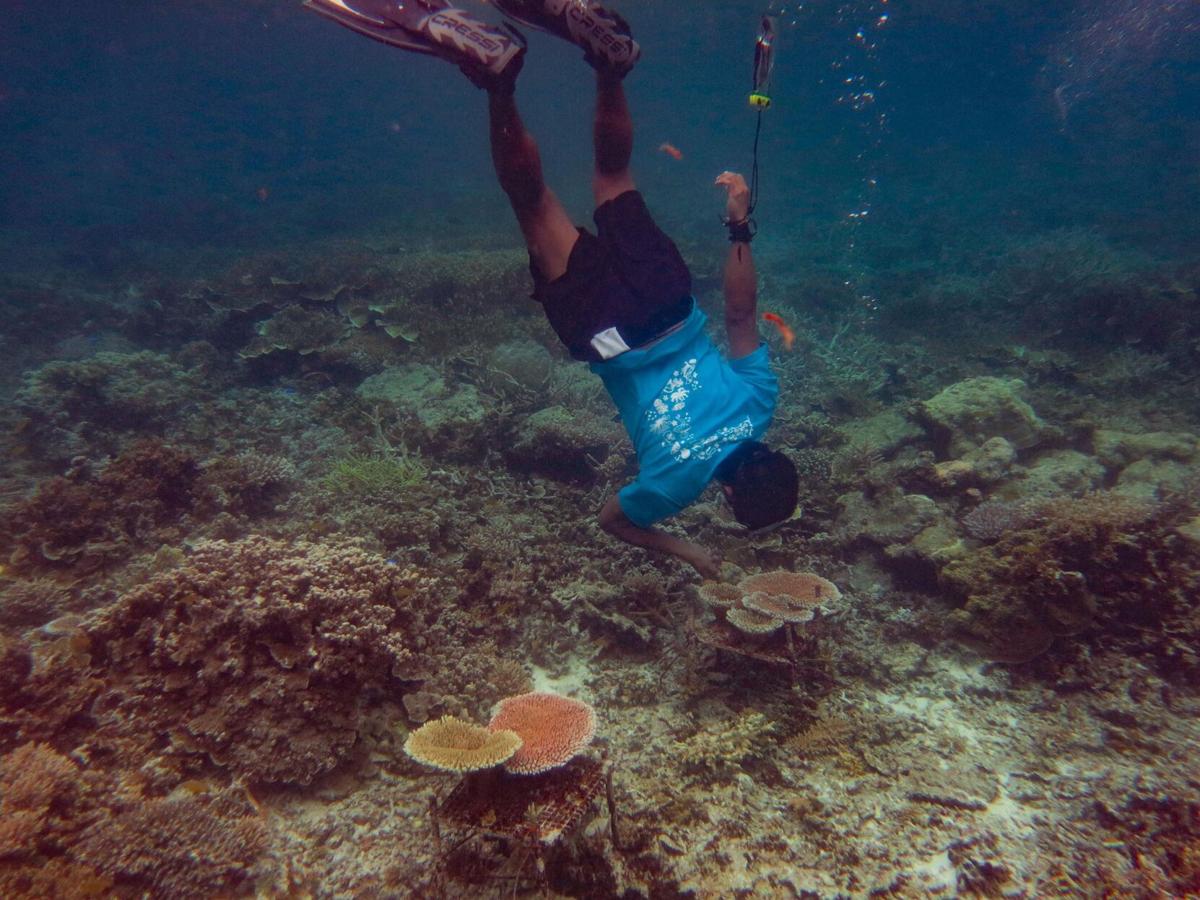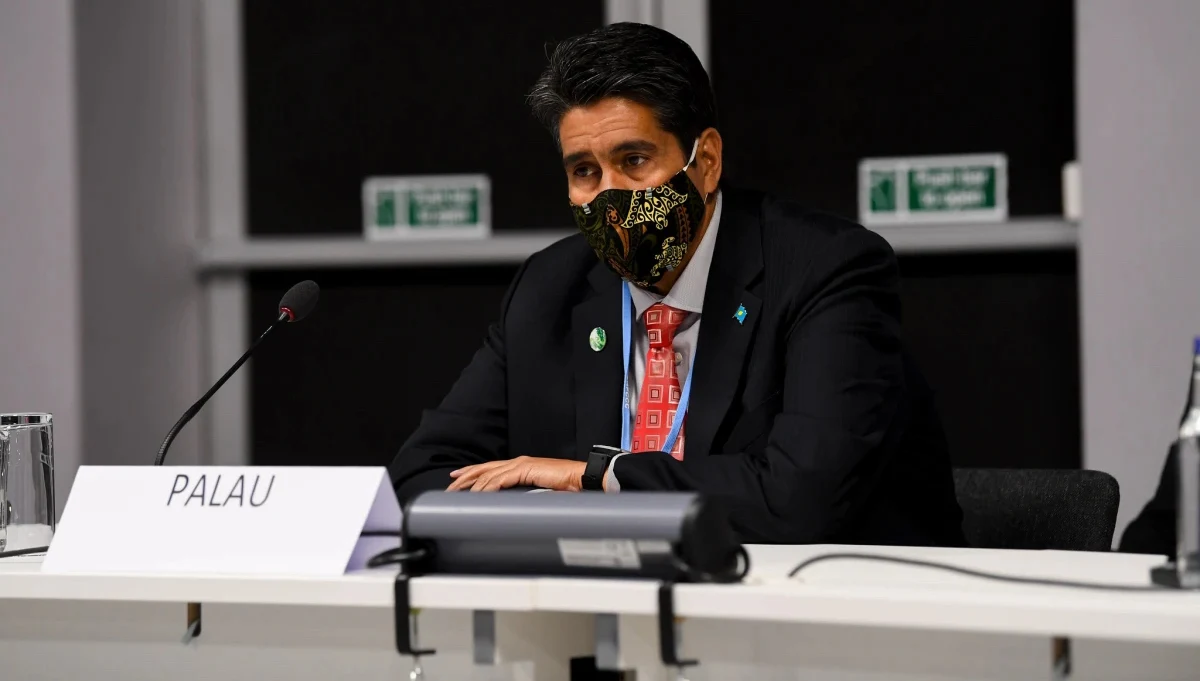A new study identifies heat resistant corals in Palau that are more resilient to ocean warming and better prepared to withstand the impacts of climate change
A recently published scientific paper from the Palau International Coral Reef Center or PICRC and the Hopkins Marine Station of Stanford University mapped the distribution of heat resistant corals throughout the Palau Archipelago.
The study, which surveyed 221 colonies of Acropora hyacinthus across 37 reefs sites, found that heat resistant corals are widely distributed in Palau, and are particularly concentrated on reefs in Aimeliik State.
The paper, entitled “Widespread variation in heat tolerance and symbiont load are associated with growth tradeoffs in the coral Acropora hyacinthus in Palau,” was published in the scientific journal eLife. PICRC researcher Victor Nestor joined researchers from Stanford as co-authors of this paper. Brendan Cornwell of Stanford University was the paper’s lead author.
The study identifies heat resistant corals as an important area of research, as these corals are more likely to survive increases in ocean temperature predicted in the coming decades. As ocean warming drives coral die-off around the world, heat resistant corals could lay the foundation for resilient reefs in the future.
The authors hypothesised that the greatest number of heat resistant corals would be found in reef habitats that often experience high temperatures, such as shallow back reefs and intertidal zones. However, heat resistant corals proved to be much more common and were identified on 24 of 37 sites, including reefs with cooler temperatures.
Some of the highest concentrations of heat resistant corals were found on reefs in Aimeliik State, in the Western Southern Lagoon. This result could signal that Aimeliik’s reefs will be more resilient to ocean warming than other reefs, and are better prepared to withstand the impacts of climate change.
Animation depicting the approximate locations of bleaching-resistant colonies sampled for this study across the Palauan archipelago. Credit: eLife
However, the study also found that heat resistance comes with tradeoffs; corals with higher heat resistance tended to grow more slowly than their heat-sensitive counterparts. Both growth rate and heat resistance share a complex relationship with the coral’s symbiont load or the amount of beneficial microorganisms living in the coral’s tissues. The authors identify this relationship as a topic for further research.
The results of this study have significant implications for coral reef managers and state governments. Reefs with high concentrations of heat resistant corals, such as the reefs in Aimeliik, could be strong candidates for marine protected areas. Heat resistant corals could also be used in coral restoration applications to replenish reefs impacted by rising sea temperatures. Despite their slower growth rates, these corals will likely be valuable assets for coral reef managers and will play a role in building the reefs of the future.
This feature was published at the Marianas Variety on 26 November 2021, reposted via PACNEWS.




